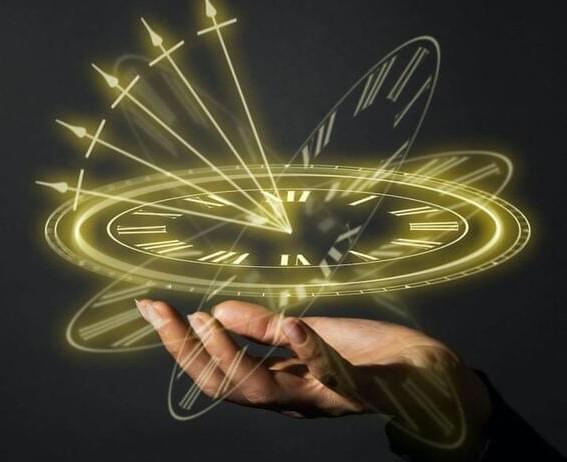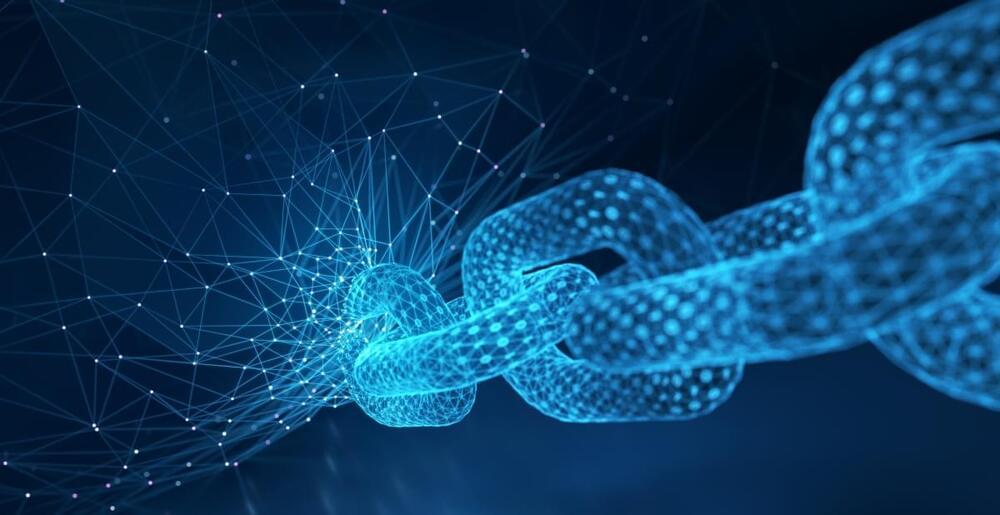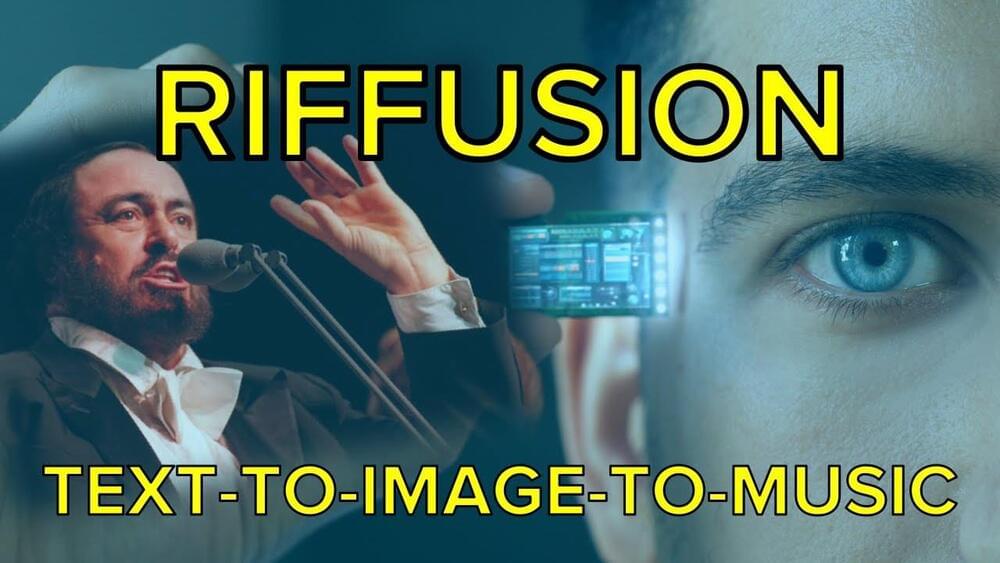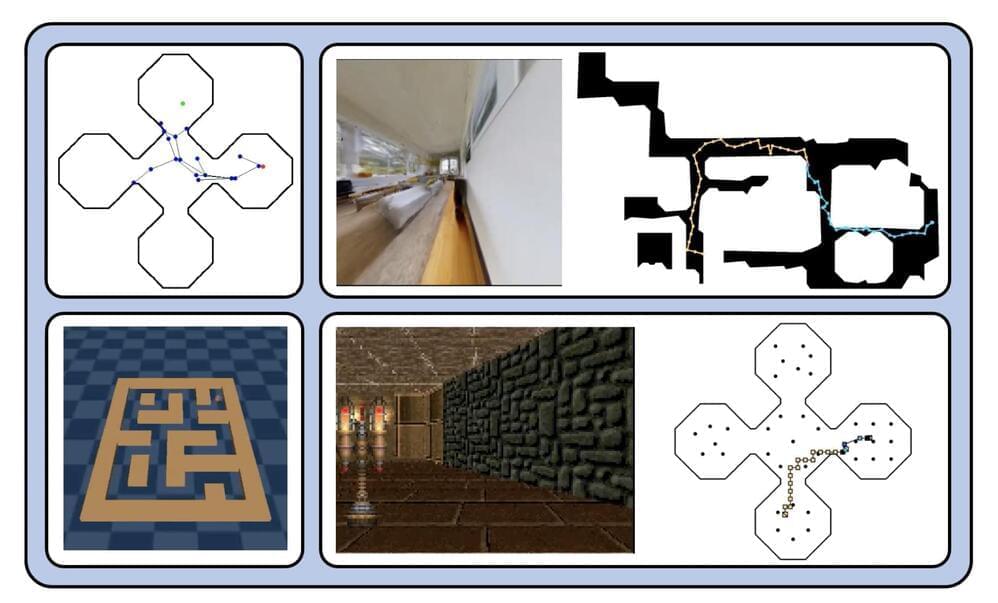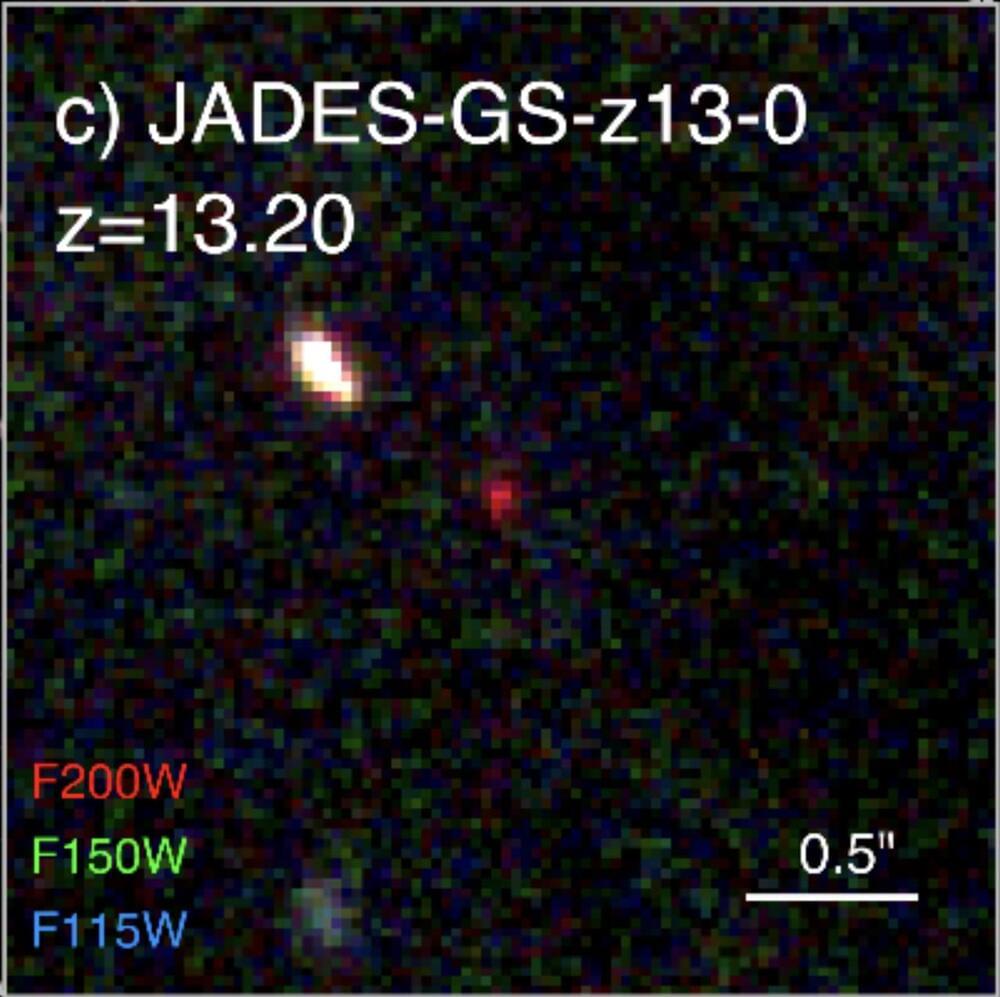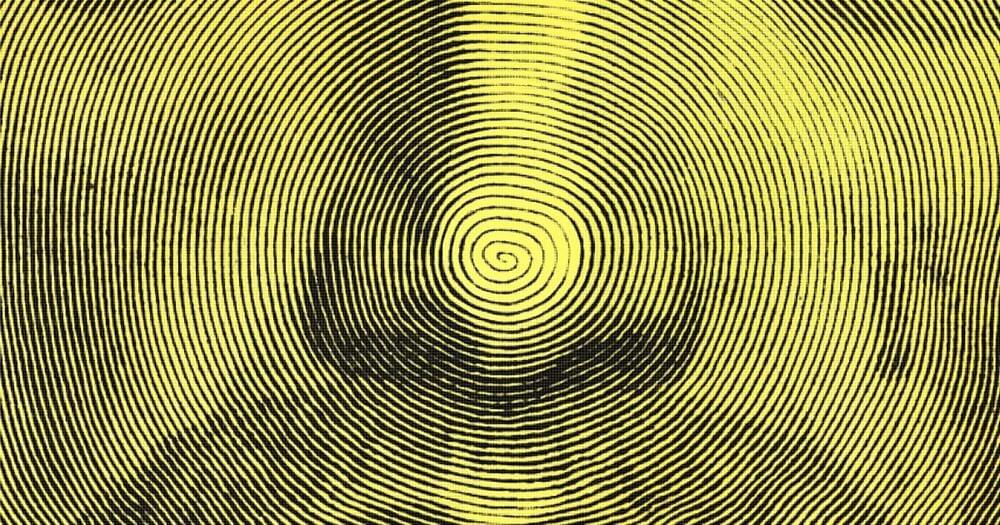Dec 17, 2022
Paul Thagard — Substrate-Independent Minds
Posted by Paul Battista in categories: life extension, robotics/AI
Is digital immortality possible by uploading your mind? Dr. Paul Thagard discusses Neuralink, artificial intelligence, mind uploading, simulation theory, and the challenges involved with whole brain emulation.
Dr. Paul Thagard is a philosopher, cognitive scientist, and author of many interdisciplinary books. He currently teaches as a Distinguished Professor Emeritus of Philosophy at the University of Waterloo, where he founded and directed the Cognitive Science Program.
Continue reading “Paul Thagard — Substrate-Independent Minds” »

